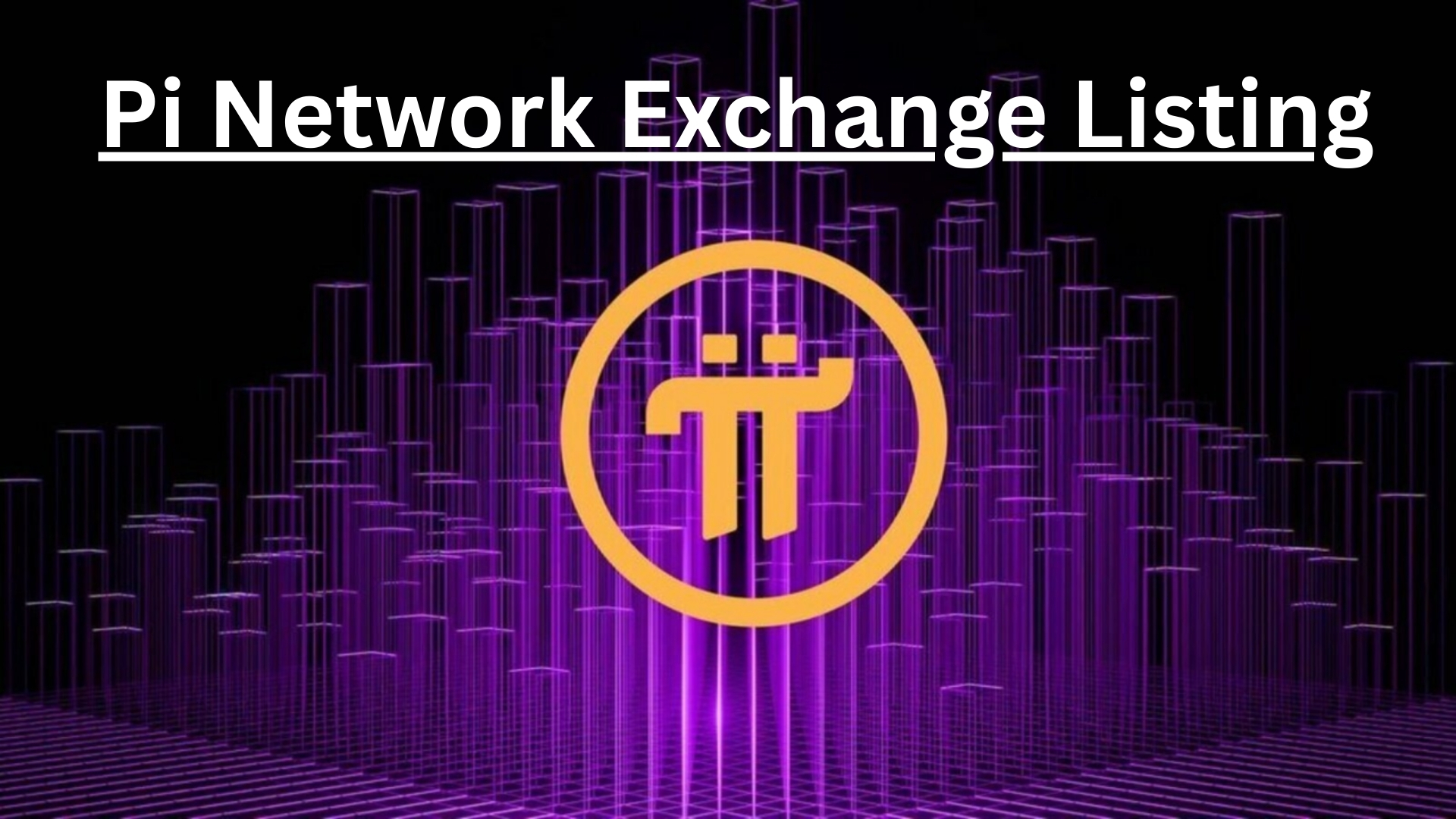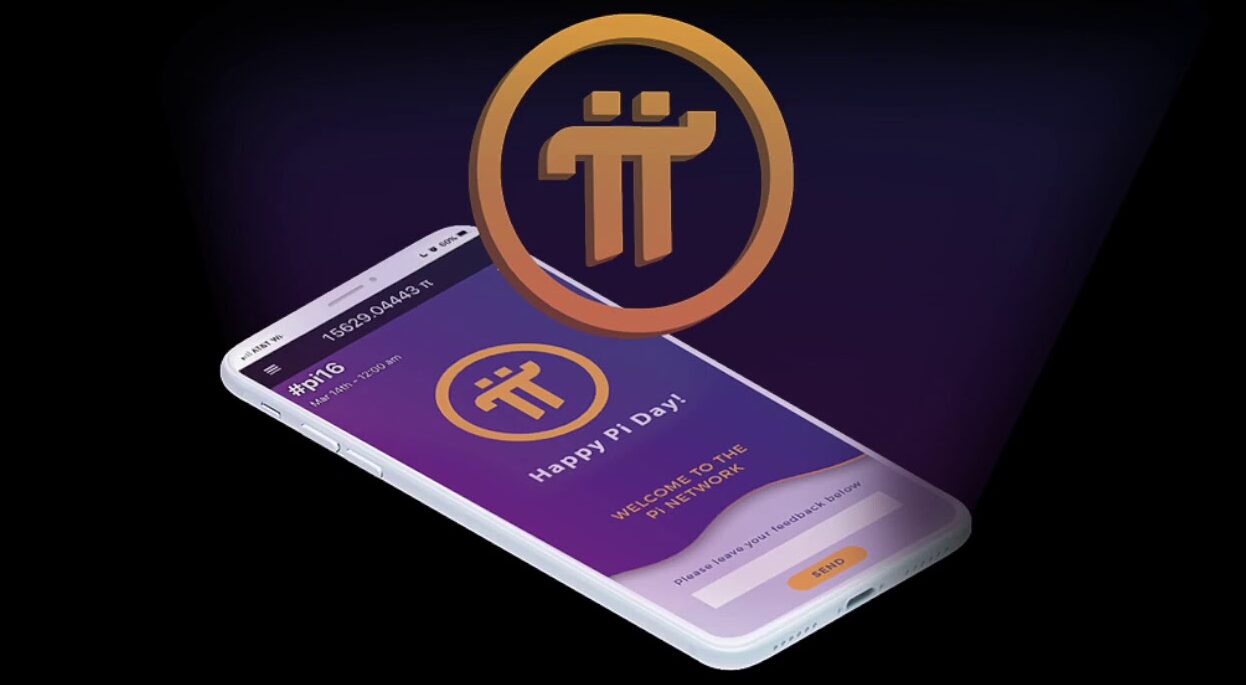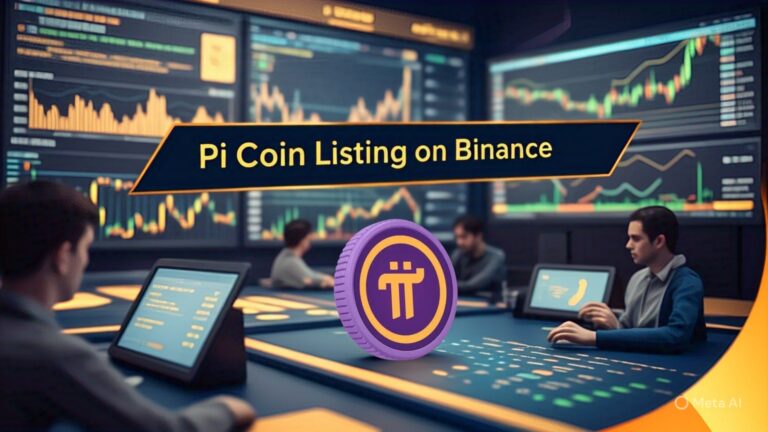Pi Network (Pi Coin) noticed a noteworthy 8% price increase on May 14, 2025, which attracted investors and crypto aficionados worldwide. The sudden rise followed a mysterious announcement from the Pi Network team, which quickly sparked rumors regarding a much-awaited Binance listing. Questions abound as the rumor spreads around the crypto community: Is Pi Coin finally going to Binance? What drives the present surge? And how does this affect the long-term possibilities of this divisive but extensively followed project?
Which event set off the May 14 Pi Coin Price Rally?
The unexpected increase in Pi Coin’s value seems to be strongly related to a formal teaser sent by the Pi Network Core Team via X (previously Twitter) and their mobile app. Hinting at a “major ecosystem milestone” set for mid-May, the team said this was “the beginning of Pi Network’s next chapter.”
Though the comment was purposefully evasive, it featured important words like “mainnet transition,” “market access,” and “ecosystem utility,” which sparked rumors that the much-awaited mainnet release would be here. The Pi Network community saw this as an indication that the project might be approaching integration with centralized exchanges (CEXs), notably Binance, the biggest cryptocurrency exchange worldwide by volume.
Several Pi Core team developers changed their LinkedIn profiles to show new titles like “Mainnet Strategy Lead” and “CEX Onboarding Consultant,” therefore fanning the flames of expectation and adding gasoline to the fire.
Long Road to Pi Network Exchange Listing
Pi Network, which debuted in 2019, has attracted over 47 million users using a novel mining approach that lets consumers earn Pi on mobile devices without wasting battery or calling for technical knowledge. But because of its protracted pre-mainnet phase, lack of liquidity, and limited verifiable smart contract value, the coin has been under continuous attack.

Notwithstanding these constraints, the Pi community has stayed impressively faithful, sometimes comparing the project’s early phases to those of Bitcoin’s infancy. The team has repeatedly insisted that putting Pi on exchanges would only happen if the network reaches enough decentralization and security post-mainnet.
Although this careful approach irritates many people, it has helped to create pent-up demand. The May 14 teaser’s reference to “market access” was sufficient to revive enthusiasm and cause an instantaneous increase in over-the-counter (OTC) Pi trading prices on peer-to-peer platforms such as Huobi Chat, Telegram, and PiBarter.
Will Pi Coin have a Binance Listing soon?
It is not totally unrealistic to consider Pi Coin listed on Binance. Binance CEO Richard Teng has underlined in recent months the rising interest of the exchange in community-driven initiatives with sizable user bases and great participation. Teng especially indicated in an April 2025 interview with CoinDesk that Binance is investigating new coins with great grassroots acceptance, but he did not specifically name Pi Coin.
Furthermore, Binance has a history of showcasing new layer-1 projects, especially those with mobile-first solutions and a significant unrealized user base, qualities that Pi Network fits. A Binance listing will not only validate Pi Coin from the perspective of conventional investors but also facilitate price discovery through real-time spot trading.
Still, Binance’s listing procedure involves thorough due diligence, especially regarding tokenomics, governance, and regulatory compliance. A Binance listing is speculative until Pi Network releases its main net using auditable token allocation systems and open-source smart contracts. Neither Binance nor Pi Network has yet released an official confirmation.
Pi Coin Jumps 8% on Hype
Just under 12 hours after the announcement, Pi Coin Price Rises jumped from an OTC average of $34 to $36.70, an 8% rise. Pi Coin is routinely traded on P2P markets where users exchange Pi for stablecoins like USDT or services via barter systems, even though it is not formally registered on major exchanges.

Fascinatingly, some Pi-oriented dApps claimed an unexpected increase in use after the announcement. Two well-known ecosystem apps, PiChain Mall and PiBridge, observed higher transaction volume and new user registration, suggesting revived community engagement.
Sentiment analysis techniques found a 60% rise in favorable Pi-related posts on social media sites like Reddit and Discord. Keywords like “binance listing,” “mainnet launch,” and “price prediction” trended strongly, adding to more hype.
Pi Network Risks Ahead
Although thrill is natural, investors should approach the matter carefully. The Pi Network’s token is still non-tradable on controlled marketplaces; its open mainnet has not yet been fully launched. This results in a situation whereby pricing is essentially speculative, motivated more by social mood than by objective value criteria.
Moreover, there is no consistent price discovery mechanism with several OTC markets advertising drastically different Pi prices, some as high as $50 and others under $20. Investors run great danger from this volatility and lack of openness.
Regulatory analysis raises another issue. Pi has run under U.S. SEC systems without actually issuing tokens; hence, any abrupt shift to a centralized exchange could set off investigations, particularly in cases of a network lacking KYC/AML compliance.
What This Means for the Future of Pi Network
Should the May 14 announcement result in a Binance listing or possibly a confirmed mainnet launch, Pi Network may have a defining moment. Such a benchmark would allow institutional adoption, utility dApp integrations, and more general market involvement.
The evolution would also change Pi Coin’s impression from a “mobile mining experiment” to a valid layer-1 blockchain. Success, though, depends on openness, execution, and the capacity to provide technical benchmarks supporting the buzz.

